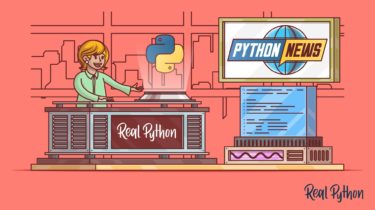Python News: What’s New From April 2024
In April 2024, Python’s core development team released versions 3.13.0a6 and 3.12.3 of the language! The former received several exciting features, improvements, and optimizations, while the latter got more than 300 commits for security improvements and bug fixes. The 3.13.0a6 release is the last alpha release. In the first half of May, the code will be frozen and won’t accept new features. Note that 3.13.0a6 is a pre-release, so you shouldn’t use it for production environments. However, it provides a […]
Read more